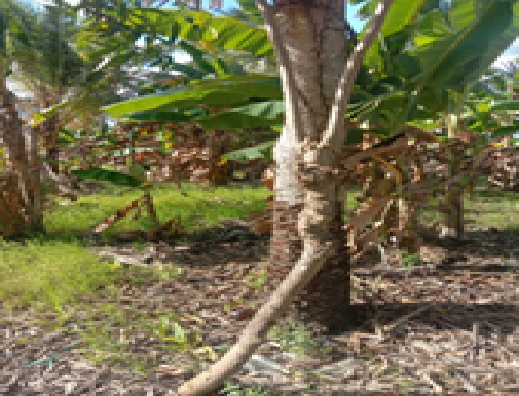Antioxidant Activity of Ethanol and n-hexane Extracts of Javanese Bark (Lannea coromandelica) Using the DPPH Method
Abstract
Javanese bark (Lannea coromandelica) contains secondary metabolites of saponins, tannins, phenolics, and flavonoids. Flavonoids include aromatic compounds that are antioxidants. Antioxidants can inhibit the oxidation process that arises due to free radical reactions to form unreactive compounds. The active flavonoid compounds in counteracting free radicals are determined by the presence of the –OH (hydroxy) functional group. Flavonoid compounds that have antioxidant properties include catechins, flavones, flavanones, flavonols, chalcones, and isoflavones. This study aims to determine the antioxidant activity of ethanol extract and n-hexane bark of Javan bark (Lannea coromandelica) using the DPPH method. The method used is DPPH using UV-VIS spectrophotometry. Ethanol extract has an IC50 of 3.996 mg/L and has a strong antioxidant activity while the antioxidant activity of N-Hexan is obtained IC50 2193.043 mg/L. has weak antioxidants weak antioxidants.
Downloads

Copyright (c) 2023 Nuramaniyah Taufiq, Sulfiani Sulfiani

This work is licensed under a Creative Commons Attribution-NonCommercial-NoDerivatives 4.0 International License.
Authors who publish with this journal agree to the following terms:
- Copyright on any article is retained by the author(s).
- The author grants the journal, the right of first publication with the work simultaneously licensed under a Creative Commons Attribution License that allows others to share the work with an acknowledgment of the work’s authorship and initial publication in this journal.
- Authors are able to enter into separate, additional contractual arrangements for the non-exclusive distribution of the journal’s published version of the work (e.g., post it to an institutional repository or publish it in a book), with an acknowledgment of its initial publication in this journal.
- Authors are permitted and encouraged to post their work online (e.g., in institutional repositories or on their website) prior to and during the submission process, as it can lead to productive exchanges, as well as earlier and greater citation of published work.
- The article and any associated published material is distributed under the Creative Commons Attribution-NonCommercial-NoDerivatives 4.0 International License.





_copy1.png)










